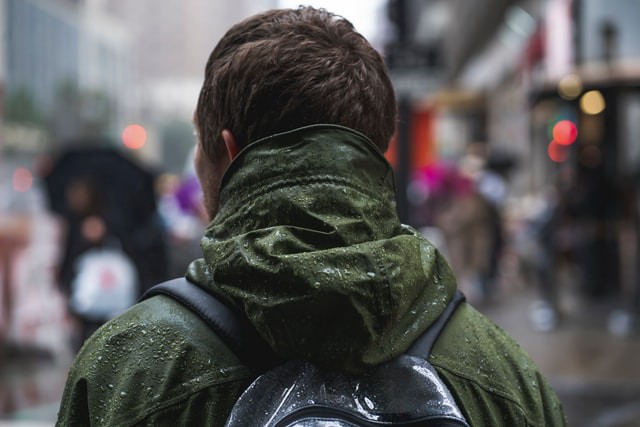PFAS aren’t just “forever” chemicals, they’re everywhere chemicals. For more than four decades, manufacturers of per-and-polyfluoroalkyl substances have known about the health risks of their products. Today, they likely present in the bloodstream of every American and much of the developed world.
Including your clothes.
High Rates of PFAS in Clothing
A recent study by the USPIRG found that while some fashion brands have made strong commitments to eliminating PFAS from their supply chains, others have done little more than give lip service to change. Of the 30 brands surveyed, more than half received a failing grade.
D for Delinquent When It Comes to PFAS
A rating of D or worse indicated brands had no publicly available commitments to eliminating PFAS in clothing and footwear products. Some only committed to eliminating PFOA and PFOS, two substances in the PFAS family that have already been banned.
Some of the notable retailers to receive a D rating include:
- Walmart
- Wolverine (which owns Hush Puppies, Merrell, and Stride Rite)
- Sketchers
However, you won’t find PFAS in Patagonia clothing. The study found Patagonia apparel to lead the industry eliminated PFAS in its apparel.
Outdoor Brands Failing To Live Up To Their Reputation
Aside from other sustainability issues, including the energy expenses of cross-ocean shipping, the manufacturing process of “lifestyle” brands remains connected to PFAS. Outdoor apparel companies trade on a respect for life and nature, but few have truly embraced those principles. PFAS in water repellent clothing has been one of the lingering issues even the most forward-focused and progressive brands. Aside from other sustainability issues, including the energy expenses of cross-ocean shipping, the manufacturing process of “lifestyle” brands remains connected to PFAS.
PFAS is an effective but not irreplaceable waterproofing chemical for outdoor jackets, parkas, and other apparel. Some of the leading outdoor brands in the world received D rating:
- The Northface
- REI
- Timberland
- Jansport
- L.L. Bean
However, other brands have proven that removing PFAS from the manufacturing process is possible. Polartec, Jack Wolfskin, and others have removed the chemicals completely from their products and packaging.
What Comes Next for PFAS in the Apparel Industry
Manufacturers need to take the initiative to address PFAS. Their continued failure to do so is a sign that stricter regulation and enforcement on PFAS is necessary. The NCPIRG put together a list of recommendations. Their list includes:
- Ask manufacturers to make public, time-bound commitments to phasing out PFAS use in their products.
- Legislators should close loopholes that might allow manufacturers to use PFAS that aren’t banned as substitutes.
- Legislators should ban the use of all PFAS in consumer goods
PFAS In Clothing and the Cancer Link
PFAS have been linked to numerous types of cancer in humans, including cancer kidney cancer, testicular cancer, ovarian and endometrial cancer, and various types of lymphoma. PFAS have been used for decades in many products, including non-stick cookware, firefighting foams, clothing, food packaging, and others.
Get involved with cancer prevention efforts today. Learn more at LessCancer.org and consider joining the Less Cancer Bike Ride America.
Note: This post orginially appeared on kolotc.com.
Study Finds Most Apparel Companies Still Use PFAS was originally published in Less Cancer Journal on Medium, where people are continuing the conversation by highlighting and responding to this story.


Leave A Comment
You must be logged in to post a comment.